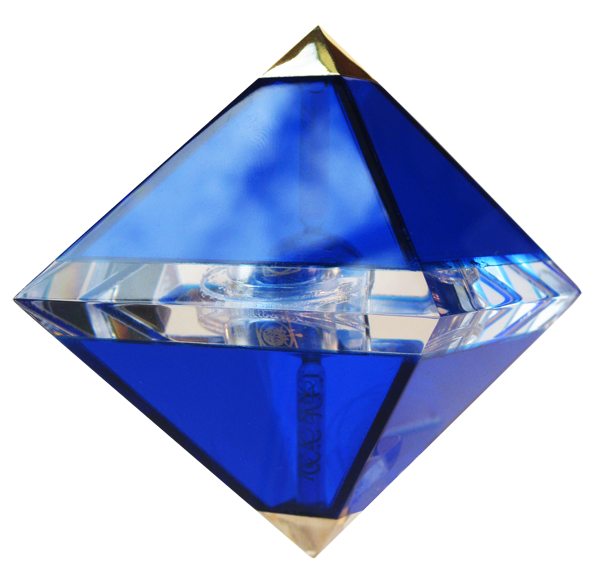How Craniosacral Therapy Alleviates Pain, Disability, and Dysfunction by Hemda Mizrahi
Physical Therapist and Craniosacral Therapy (CST) practitioner Tracy Lin joined me on âTurn the...
Read Moreby VoiceAmerica | Feb 16, 2016 | Business | 0 |
Physical Therapist and Craniosacral Therapy (CST) practitioner Tracy Lin joined me on âTurn the...
Read Moreby VoiceAmerica | Sep 3, 2013 | 7th Wave, Empowerment, Health & Wellness | 0 |
I hope you all did well in your geometry classes. In past posts I alluded to a fitness...
Read More


